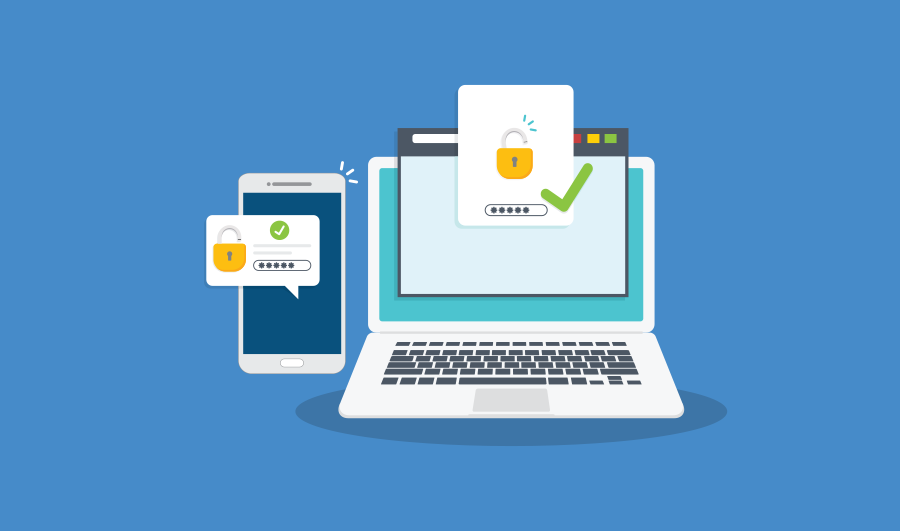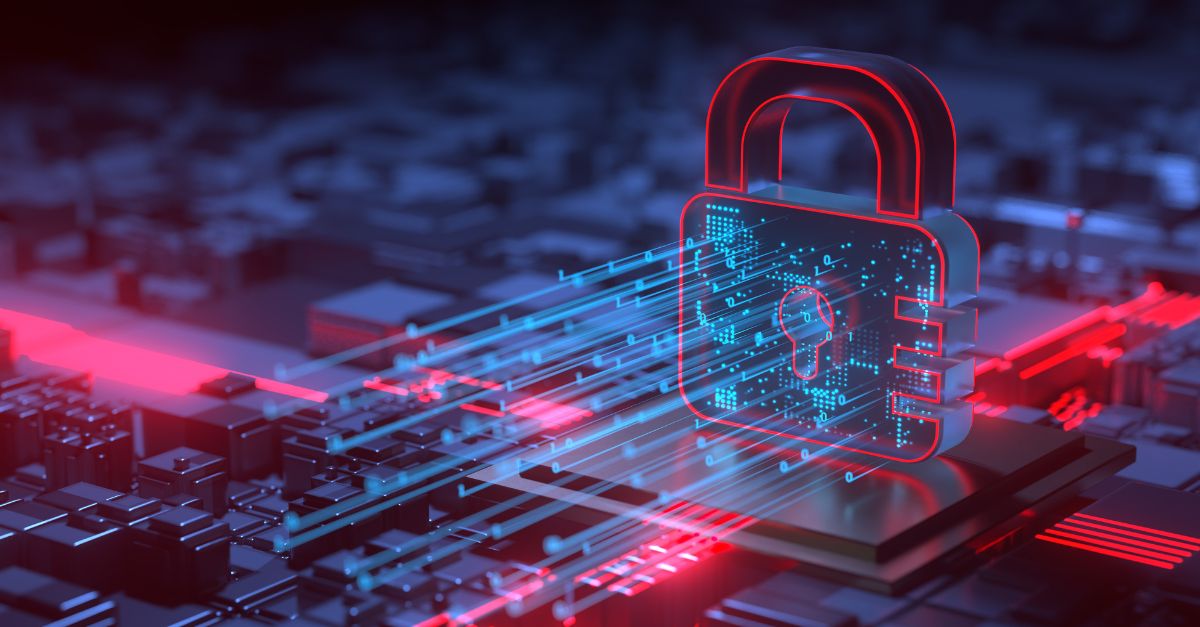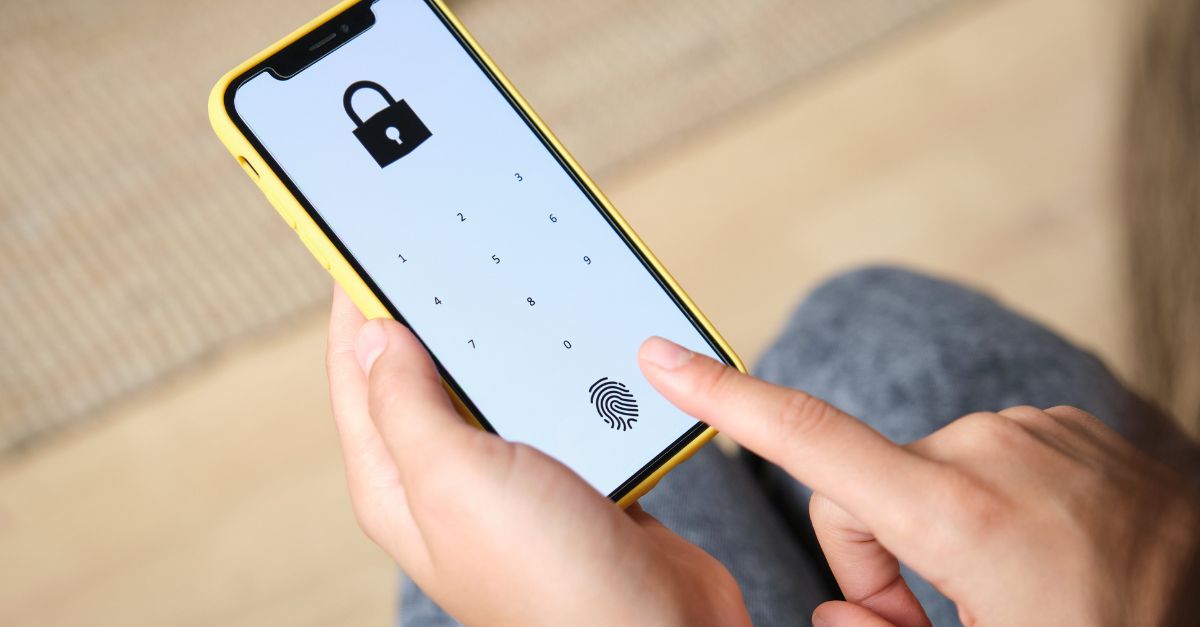The issue of information security is one that is not going away anytime soon. The cyber threat landscape is only growing in sophistication, and cyber-attacks are becoming increasingly common. Yet the statistics show that 67% of businesses are surprisingly lax about implementing stronger security controls to protect their information and that of their customers and stakeholders.
One of the most simple-yet-effective ways to prevent security breaches from happening and keep information safe is to use multi-factor authentication (MFA), sometimes referred to as two-factor authentication (TFA). Unfortunately, static usernames and passwords are no longer as efficient as they once were, with stolen or weak passwords accounting for 81% of hacking-related breaches.
MFA adds an additional layer of security that makes these significantly more difficult to compromise. MFA is so effective, in fact, that it’s believed to prevent 99% of automated cyber attacks.
This article will break down the main security benefits of MFA, how it works, and how you can set up some basic MFA measures easily to protect your systems.
What is MFA and How Does It Work?
MFA is a multi-step login process that requires users to verify themselves after entering their username and password.
MFA requires one or more additional verification factors, including:
- Biometric fingerprint scans or voice or facial recognition software
- Answering security questions (for example, ‘What is your mother’s maiden name?’ or ‘What was the name of your first pet?’)
- Entering OTPs (one-time passwords) sent to emails or mobile phones
- Choosing random characters from a memorable word or phrase
MFA works by verifying the user’s identity at the time of their account registration. The chosen app, system or network will usually store the personal username and password for the next login, but will prompt the user to verify their ID each time before granting access.
The authentication factors will depend on the organization’s setup and what their requirements are for any outsourced or managed applications.
Why is It Important to Add Multiple Layers of Security?
MFA keeps data and systems secure by adding additional blockers that prevent unauthorized access to these systems. Given that MFA will require the authorized user(s) to be present when verifying their identity, it’s much harder for bad actors to compromise anything beyond the first authentication method (usually the password).
The risk of one compromised password can be devastating for organizations, particularly if MFA is not enabled. If companies do not implement sufficient layers of security and reinforce inter-connected defenses, hackers can gain access to company information and systems with ease, and cause all kinds of disruption and chaos to operations. However, MFA prevents hackers and threat actors from using any compromised credentials to gain access to crucial systems and infrastructure, as they cannot provide the second and/or third authentication factor.
Organizations across many industries are facing fierce competition in their market(s).
It doesn’t matter whether you are representing a company in advertising, healthcare, finance, manufacturing or even technology itself; even as you try to market yourselves effectively online, do not overlook the risks of any compromised data. It could drastically affect your clients’ businesses as well as your own, which is why it’s important to avoid thinking that cybercriminals would not be interested in your data.
Five Benefits of Using Multi-Factor Authentication
1. Lower Risk from Compromised Passwords
Passwords are some of the most commonly exploited assets, so questions have to be asked about how genuinely secure they are without any additional layers behind them. It’s exceptionally common for people to reuse passwords, given how frustrating they can be to remember. However, this is extremely risky, particularly if the passwords themselves do not contain special characters, numbers and letters varying in capitalization. With MFA, however, it improves the overall robustness of the infrastructure’s first barrier of protection.
2. Compatible with SSO (Single Sign-On)
SSO is primarily used with cloud-based apps and makes user logins much more convenient, which is handy for organizations with multiple, often remote users.
MFA can integrate seamlessly with SSO, meaning that users do not have to reuse the same password for different applications when logging in. While it’s highly recommended to create strong, unique passwords for each login, SSO eliminates the need to repeatedly enter passwords during the login process. MFA, together with SSO, can create an easy, secure experience for each user.
3. Customizable and Scalable
Many application and system providers have different criteria for MFA; for example, users may have to enter email OTP codes for one system, while others may require third-party verification via a mobile device. Luckily, companies have plenty of freedom to decide which type of authentication methods work best for their current setup. Furthermore, if they want more than two verification measures, this is entirely possible.
MFA can be set up for all users, including employees, contractors, customers and stakeholders. As an organization scales and grows, MFA requirements can adapt to suit its needs at any stage throughout its journey.
4. Regulatory Compliance
Certain industry and government regulations require organizations to adhere to strict security controls. MFA is often one of several solutions that companies must implement to ensure user safety and data protection. Therefore, by implementing it, you are showing diligence to compliance standards and regulations including, but not limited to:
5. It is Adaptive to Changing Workplaces
With more employees working remotely, outside of a dedicated office space, companies require sophisticated MFA solutions to manage more complex access requirements. Adaptive MFA evaluates other details like the user’s device, connection and location to evaluate whether the access request is genuine.
If a request comes through that shows an employee attempting to access information from a trusted location, via a trusted device on a secure network, it’s likely to be genuine. However, administrators may be prompted to double-check a request if one comes through over an unsecured, public Wi-Fi network, or via a device that hasn’t yet been verified. The request can either be denied or further authentication steps can be triggered.
How to Bolster Your Security Defenses With MFA
Preventing cyber hacks and ransomware attacks sounds like an arduous ordeal but the truth is that all companies have a part to play in the global fight against malicious online activity. Adding MFA to programs and applications is a crucial step, and quite simple and quick to do.
Whatever program or application you are using, whether it’s Office 365, Google Suite, AWS, or anything in between, the exact steps to set up MFA will vary.
Generally speaking, however, you will need to follow the below steps:
- Install a legitimate Authenticator app, ideally one that is accessible via your device’s verified app store.
- Change your security settings in your device(s) to allow MFA via an authenticator app.
- Set up the device(s) as trusted via the authenticator app.
- Allow notifications from the app, if prompted.
- Approve the application(s).
- Add any additional methods, such as authenticator apps on other devices, text messages, automated phone calls, biometric verification, and so on.
It’s highly recommended that you refer to your specific application, program or system provider’s instructions for setting up MFA correctly, to ensure it best meets your needs.
Note: This blog article was written by a guest contributor for the purpose of offering a wider variety of content for our readers. The opinions expressed in this guest author article are solely those of the contributor and do not necessarily reflect those of GlobalSign.








